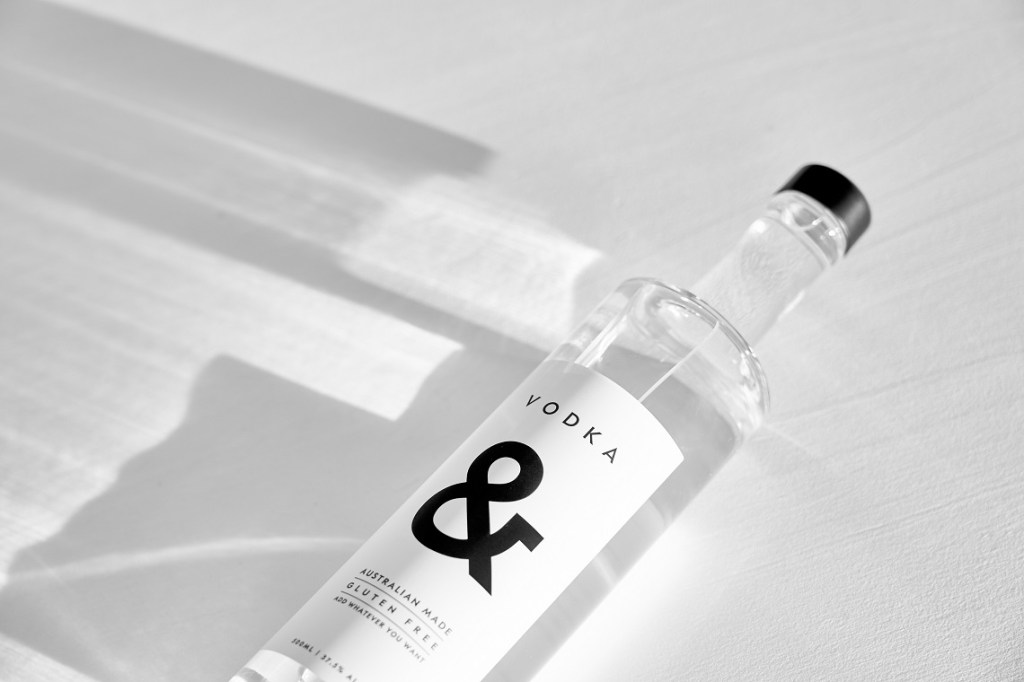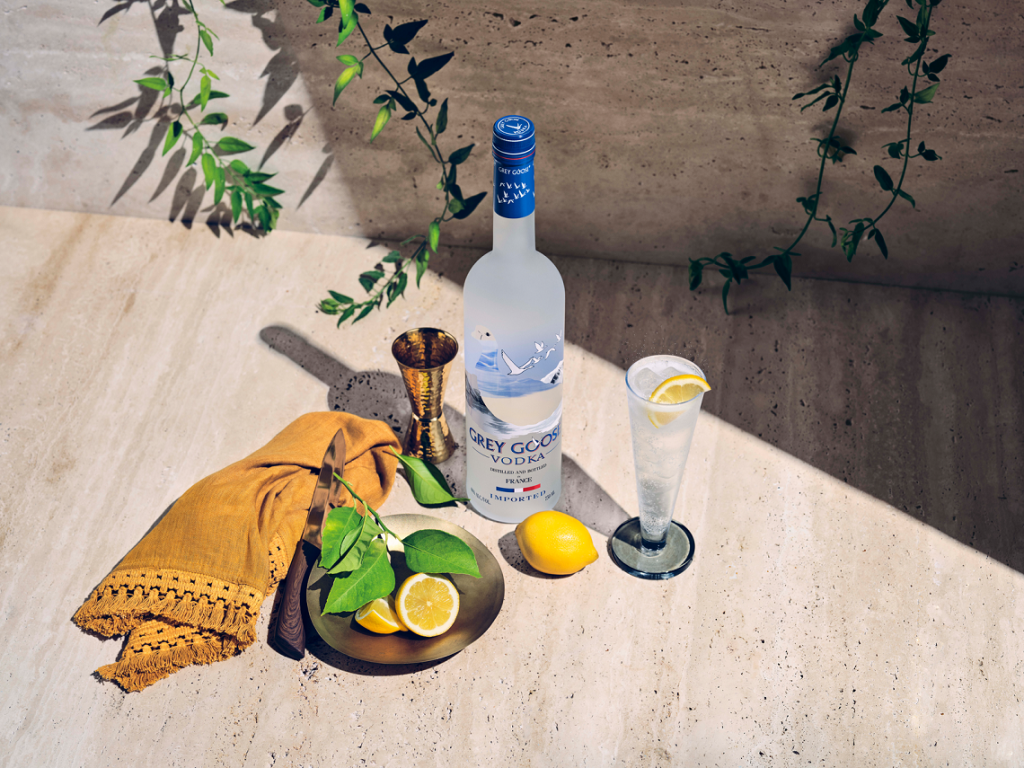Article written by Brendan Black.
In a spirits market flooded with competition, vodka refuses to bow down to gin, whisky or RTDs. Yet maintaining steady growth and staying relevant are just two of the many challenges facing this popular beverage. In this feature, large and boutique vodka producers alike share their thoughts on the market and what we’re likely to see in coming years.
Current performance
For many producers, vodka has been performing strongly in Australia, even in a market absolutely saturated with gin. While not at the highs experienced during the COVID-19 lockdowns on 2020-21, it is still showing some resilience.
“Our vodka sales spiked during COVID. With restrictions now fully eased we’re now seeing activity and sales fall back in line with the growth of 2019,” stated Archie Rose Trade Marketing Manager, Simon Flood.
The nature of trends – that they can be periodic and influenced by societal factors as much as by the manufacturers themselves – was something made quite clear to Ewen Pettit, Co-founder of Australian rye vodka label, Idle Hour.
“Mainstream vodka has been a casualty of the cyclical nature of spirits, while spiced rums, sweet gins and smoky whiskies have stolen the limelight and the attention of bartenders and drinkers alike,” said Pettit.
However, some vodka brands have experienced tremendous growth across their entire range, although particularly in the more premium levels, explained Grey Goose Vodka Marketing Manager, Sander Janmaat.
“Vodka has been booming this year, growing +12 per cent, well ahead of the spirits category, + nine per cent. Vodka has additionally added the most value growth dollars into the category. Over the most recent quarter, super premium vodka has been driving most of the growth within the vodka category with 20.6 per cent value growth. Within the super premium category, Grey Goose vodka is leading both the category with the highest share, as well as the growth at 19.2 per cent MAT,” stated Janmaat.
One interesting observation is that the relatively neutral flavour of vodka can be a positive, depending on what you’re drinking.
Ampersand Projects Co-founder and Director, Alex Bottomley, observed: “The neutral profile of vodka suits drinkers who are mixing drinks or not looking for something too overpowering.”
On the flip side, younger drinkers are often seeking something a little different and more flavourful, according to Mighty Craft Spirits Innovation Manager, Stuart Morrow.
“Vodka has definitely taken a back seat of late, with a young and engaged consumer seeking out flavour in their beverages. Gin has led the white spirit space, although vodka has always managed to keep on ticking along,” said Morrow.

Emerging trends
Building on the above, flavoured vodka has been an area showing much growth and diversity. This is also something which is affecting all spirits in general, not just vodka, as Top Shelf International’s Head of Marketing, Katie Greig, noted.
“The vodka category does not exist in a vacuum and we’re seeing a lot of similar trends here that have shaped other categories. First and foremost is flavour,” said Greig.
“The days of vodka merely being a vehicle for alcohol are gone and people understand that the better their ingredients, the better their favourite cocktail will be.”
Smaller producers are watching these developments with great interest and are responding to them enthusiastically, according to Xavier Nalty, Head Distiller at boutique Melbourne-based spirits producer, Saint Felix.
“The current trend is to look into a way to add more flavours to the vodka, as a few expressions of botanical vodkas have appeared in the market in recent times,” said Nalty.
While flavour is one focus for producers when it comes to selecting ingredients, another is the quality of the finished spirit. Pettit said that using higher quality ingredients is needed to cater to a more discerning public.
“[There is] a concerted effort to premiumise vodka by focusing on the input. Higher quality ingredients, a focus on production integrity – local, sustainability – and ‘better-for-you’ credentialing, be it all natural or no additives,” stated Pettit.
“We are seeing interesting flavour innovation, be they natural or essence style flavours, different to the super-sweet lolly flavours of the past, or innovation and experimentation in regional flavours an approach we’ve seen work in adjacent spirit categories.”
Sometimes, it even pays to just ignore the trends and instead focus on providing the customer with a great experience, especially in a craft distillery.
Tiny Bear Distillery’s Head Distiller, Damien Anderson, said: “Everything we have done doesn’t necessarily agree with trends and predictions so it’s not something we pay a huge amount of attention to. We just back ourselves to make a great spirit and the rest takes care of itself.”

Competition
Competing against vodka brands on a local level is already difficult enough, but when taking multinational brands into account, that competition can be quite fierce, according to Campari Australia Channel Marketing Manager, Vanessa Liew.
“The local brands are very small size of the vodka glass spirit market… Local brands are making more impact in the vodka RTD market but again this market is dominated by mainstream brands like Cruiser and Smirnoff,” stated Liew.
Therefore, brands look for any kind of edge or exposure they can get, particularly in the luxury market. And for SoHi Spirits Managing Founder, Alex Doughty, this is making the world take note of the potential of Australian vodka.
“In the premium/ultra-premium price point, we are competing on the world stage and being recognised for quality and innovation. SoHi’s Extra Virgin Vodka, for example, received the third highest vodka score globally and highest Australian score at the prestigious London Spirits Competition in April [2022]. Judges are seeing that we are making some of the best vodkas in the world,” said Doughty.
Many producers are noting a great willingness by customers to look for and support local brands, partly as a result of the COVID-19 pandemic shifting our focus more inwardly to our own backyards.
This has been observed by Bottomley, who said: “[We’ve seen a] shift in consumer sentiment positively towards local producers as a result of a more general support local movement (as per what happened with craft beer) but also in response to the Russia/Ukraine conflicts.”
In this environment, competing strongly with other local brands can often be a matter of finding what your strengths are and exploiting them.
“Local production of [vodka] is world class. We may not be able to compete on price, but quality is exceptional,” claimed Anderson.
This view is echoed wholeheartedly by Greig, due to the high standard of grain grown in Australia and our distilling expertise – but there is more to be done to boost this.
“The next step is the consumer awareness piece, but we’ve seen from our own tasting and consumer activations – as well as results from spirits competitions both domestic and international – that when you line the best Aussie vodkas up against the world there’s no doubt we’re world class” stated Greig.
Read the rest of this feature, including key innovations of the vodka category and market predictions, in the December/January issue of National Liquor News.

